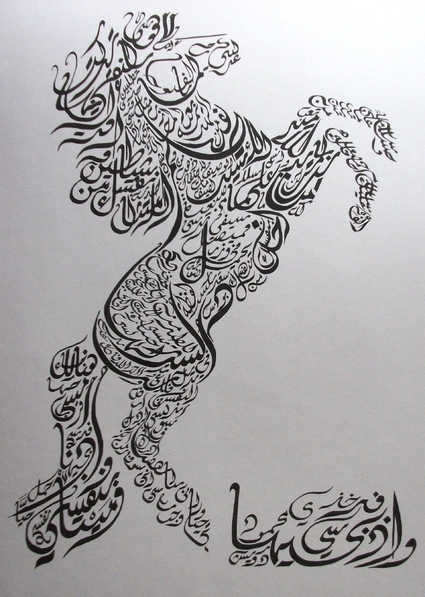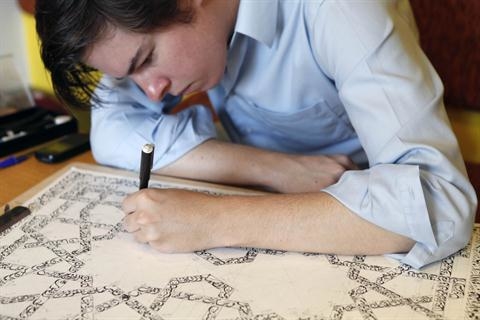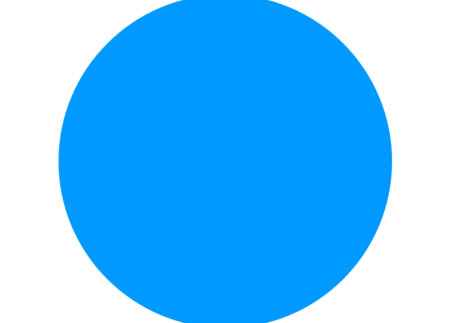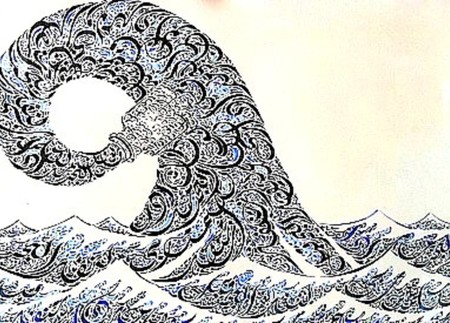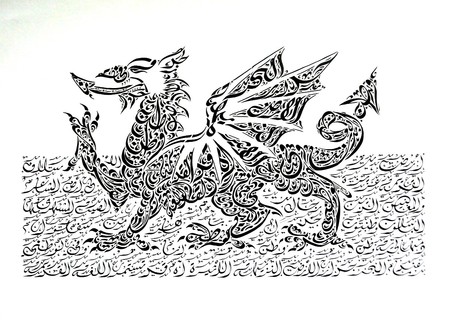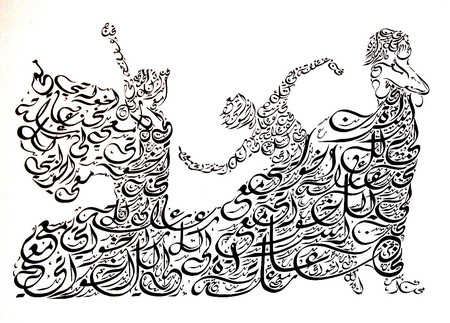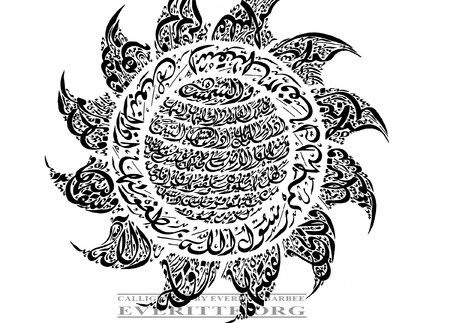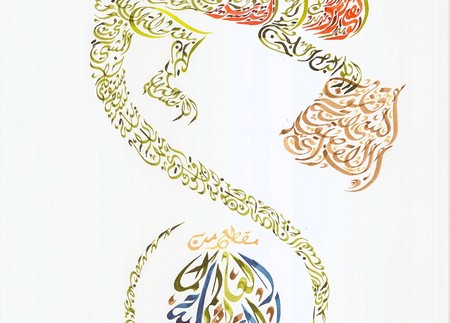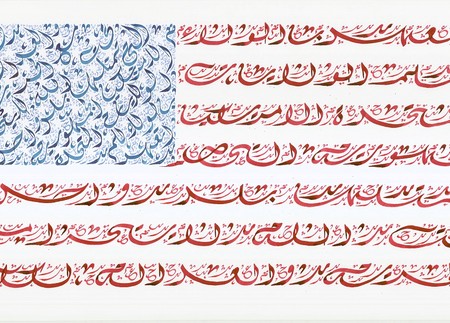Born in Nashville, Tennessee in 1988, Everitte recently finished his Scottish Masters in International Business and Arabic at the University of Edinburgh, Scotland. He currently lives in Beirut, Lebanon where he continues to research and develop his skills as a calligrapher and artist, as well as improving his Arabic language skills.
ولد إيفرت باربي في ناشفيل، تينيسي في عام 1988. بعد ان حصل على شهادة الماجستير الاسكتلندية
في إدارة الأعمال الدولية والعربية من جامعة أدنبرة، انتقل إلى لبنان, بيروت في
سبتمبر 2011 من أجل الاستمرار في تطوير مهاراته باللغة العربية، وكذلك مهاراته كخطاط
وفنان.
Everitte Barbee
Although he has had a passion for the arts from a young age, he did not begin studying Arabic calligraphy until he travelled to the Middle East. He learned to write the Ruq’a, Diwani and Diwani Jali script from the master calligrapher Adnan Farid whilst living in Damascus, Syria for five months in the autumn of 2009.
If you’d like to read more about what calligraphy means to him and why he became a calligrapher see his interview ‘The Way to Calligraphy’ in Mashallah News.
على الرغم من انه امتلك الشغف للفنون منذ صغره، إلا أنه لم يبدأ دراسة الخط العربي إلى أن سافر إلى الشرق الأوسط. تعلم كتابة النصوص بخط الرقعة ، والديواني والديواني الجلي من معلمه الخطاط عدنان فريد وكان ذلك خلال الخمسة شهور التي اقام فيها بدمشق في خريف عام 2009.
إذا كنت ترغب في قراءة المزيد حول ما يعني الخط له ولماذا أصبح خطاطاً تستطيع قراءة مقابلته ‘الطريق إلى الخط العربي ” في Mashallah News
About his style, all of his
work is created using only the Diwani Jali script. He’s hoping to incorporate
other scripts into this style upon further instruction in the Middle East.
Arabic script is rarely used to replicate images with large amounts of detail.
This is largely due to the fact that the calligraphy relies on exact
proportions for aesthetic appeal. It is very difficult to balance between
creating convincing images while also creating easily read text.
حول أسلوبه, إن جميع اعماله مصنوعة
ومكتوبة بالخط الديواني الجلي. يأمل إيفرت في دمج البرامج
النصية الأخرى في هذا النمط بناء على تعليمات أكثر في الشرق الأوسط. إنه من النادر
أن يستخدم النص العربي لنسخ وتكرار الصور ذات التفاصيل الكثيرة. هذا يرجع إلى حد
كبير إلى حقيقة أن الخط العربي يعتمد على النسب الدقيقة للمظهر الجمالي. من الصعب
جدا تحقيق التوازن بين خلق الصور مقنعة وبنفس الوقت توفر قراءة سهلة للنص.

